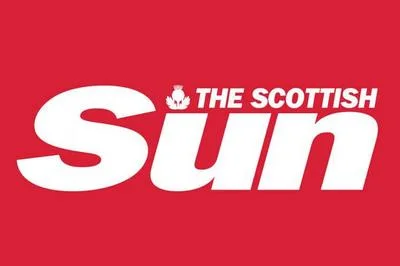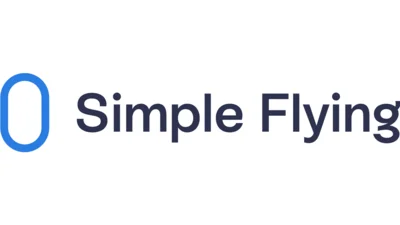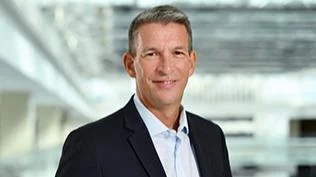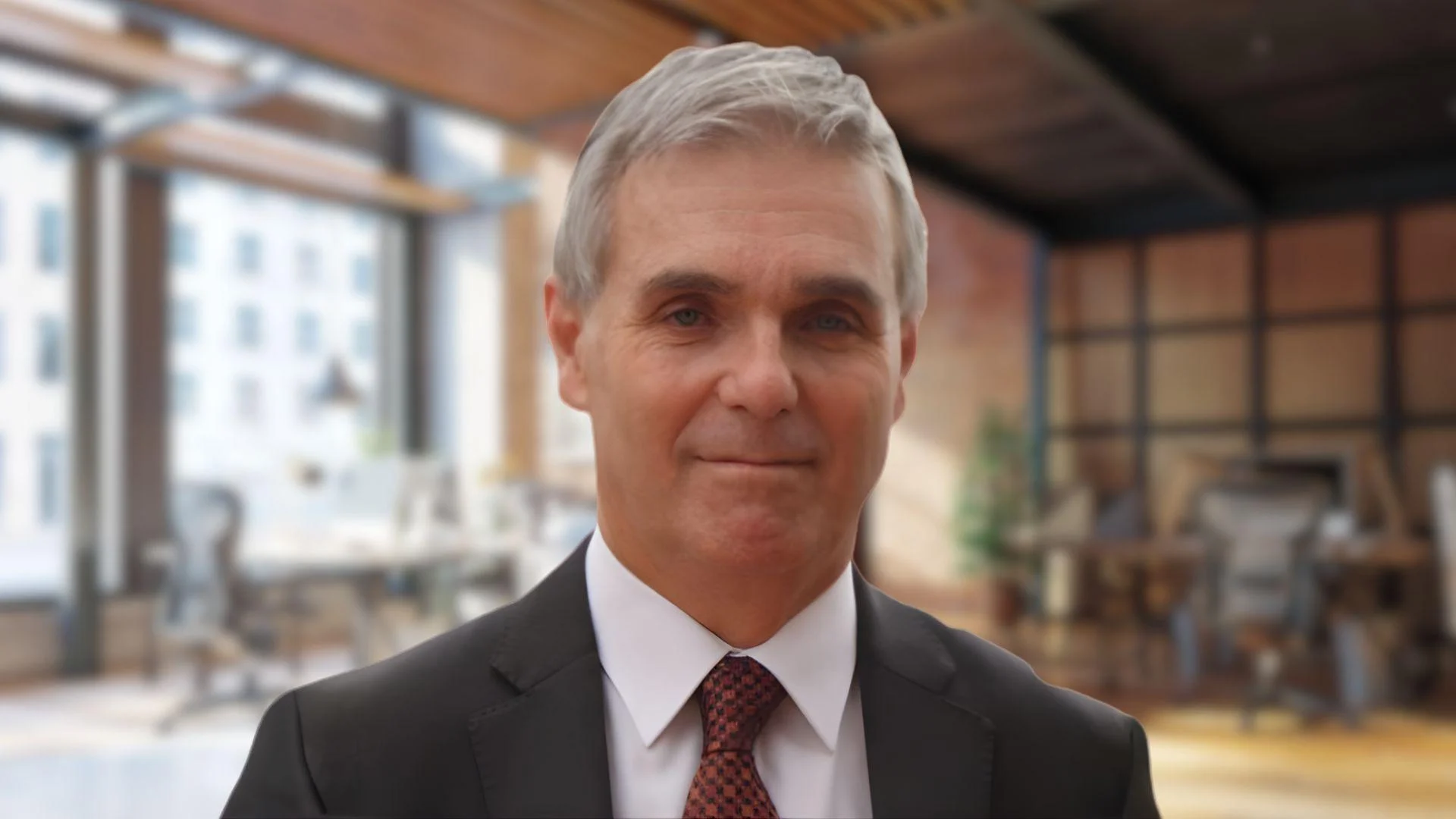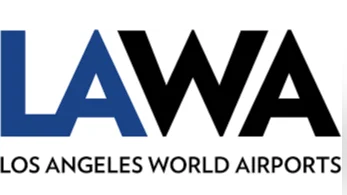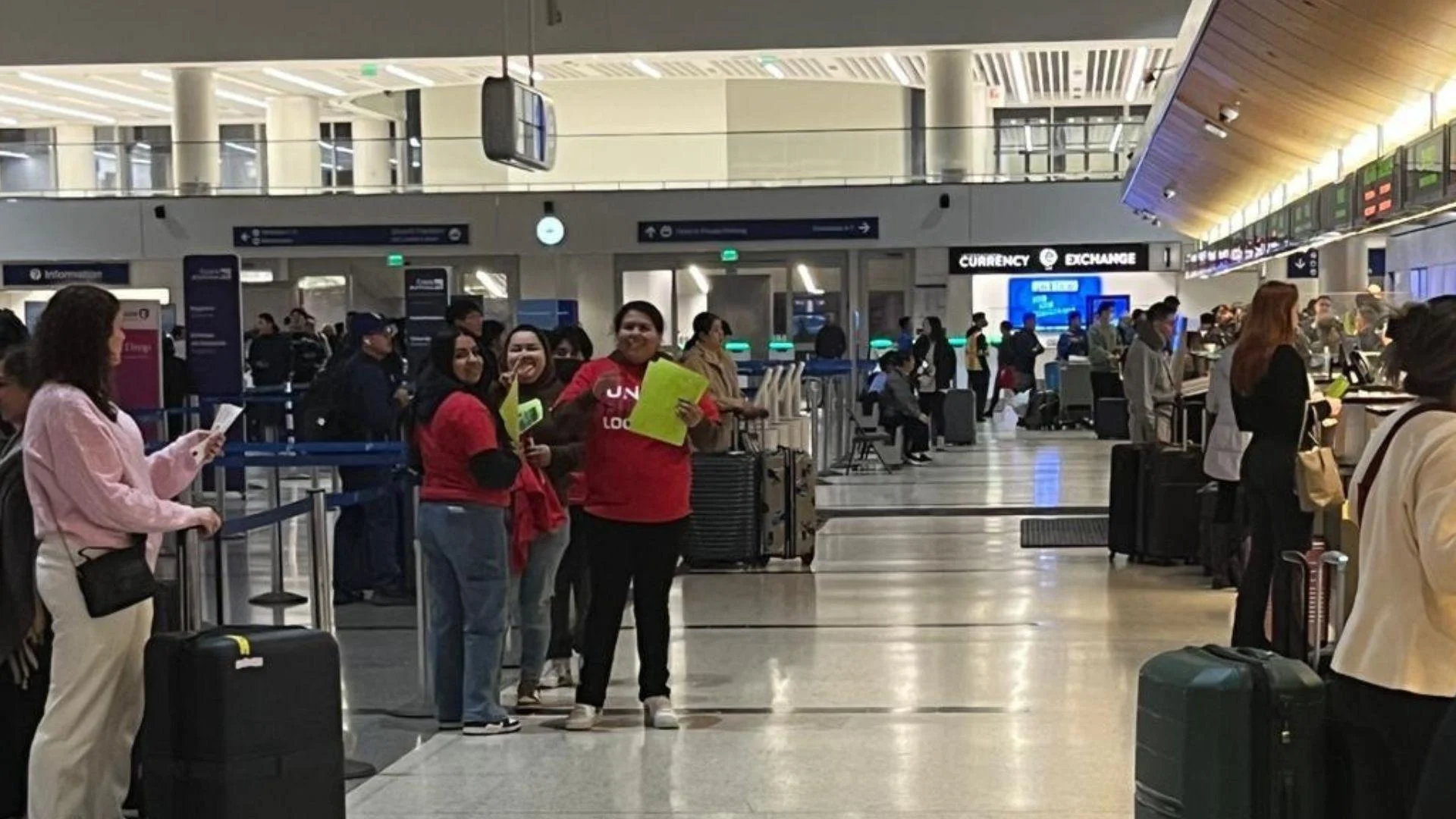In an archived broadcast, Raidió Teilifís Éireann (RTÉ), the Irish public service broadcaster, showed pictures and videos from onboard Ryanair’s first flight from WAT to LGW in 1985. According to the broadcast, a party of VIPs, including the mayor of Waterford, boarded this first international flight from Waterford Airport.
“It was hoped that the new route will make the southeast of Ireland more attractive to business and industry.”
Ryanair initially competed against incumbent airlines with lower prices. RTÉ footage detailed that Ryanair’s first route was priced at £198 ($272.60) for a return flight compared to £210 ($289.10) offered by other airlines flying between Dublin and London.
Soon after, Ryanair began flying between Dublin Airport (DUB) and London Luton Airport (LTN), offering tickets even cheaper than on the WAT–LGW route, severely undercutting main airlines like Aer Lingus and British Airways.
Its growth accelerated when it began introducing Boeing 737 aircraft in 1994 under Michael O’Leary's leadership as CEO. Between 1995 and 1999, Ryanair grew from carrying just over one million passengers to around five million travelers annually.
FY1999 was a monumental year for Ryanair as it took delivery of its first Boeing 737-800 Next Generation (NG) aircraft on March 19, which became central to its fleet over time.
By 2005, Ryanair was carrying 27 million passengers annually and ended FY2005 with €1.3 billion in revenue ($1.4 billion) and an adjusted profit after tax of €268 million ($290.6 million). A key factor driving this growth was price concessions granted by Boeing regarding their aircraft purchases.
Data from aviation analytics company Cirium shows that among airlines departing flights from Europe in July 2024, Ryanair dominates with a significant margin—23,501 weekly departures amounting to 4.4 million weekly seats.
---
 Alerts Sign-up
Alerts Sign-up
























